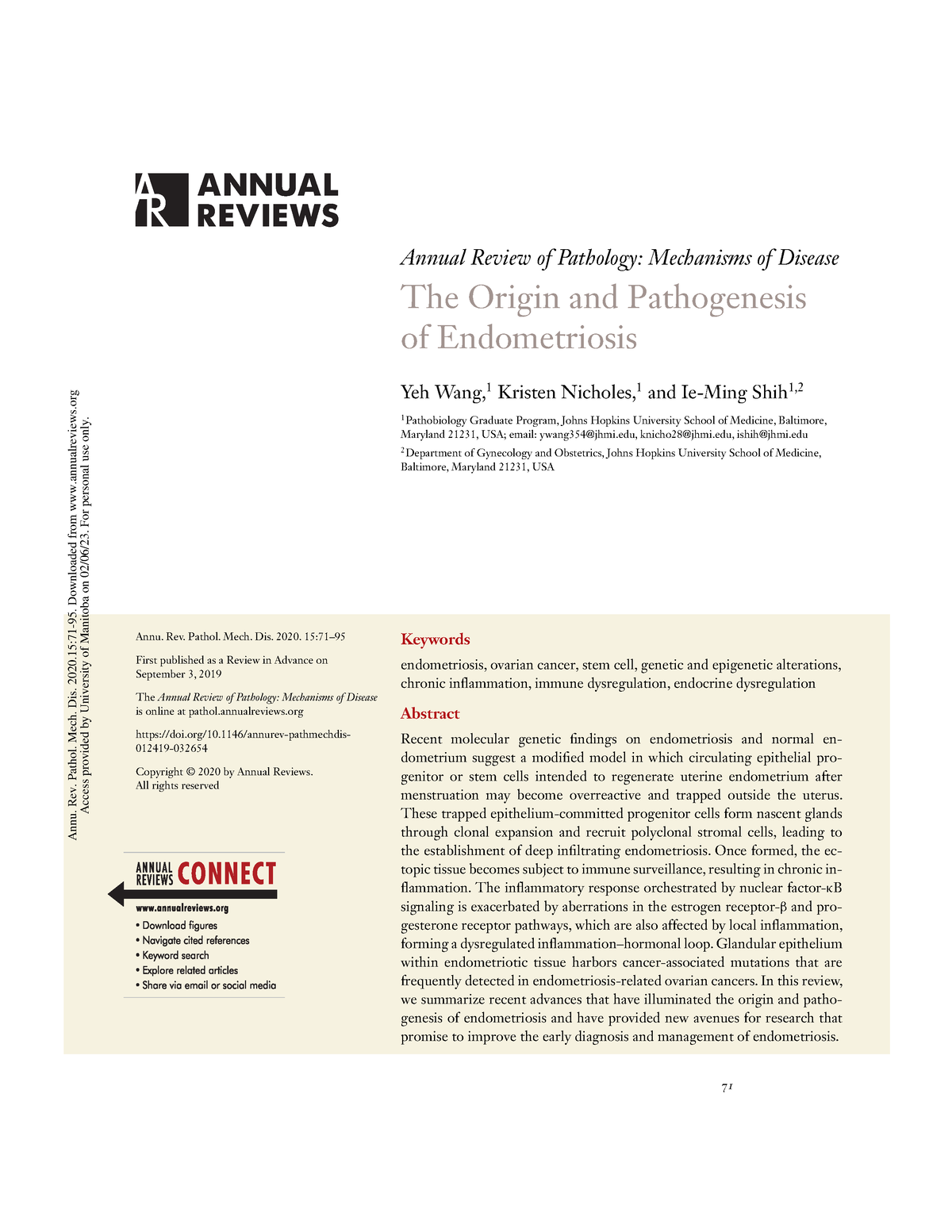Genomic Taxonomy of Aggressive B-Cell Lymphoid Neoplasms.
IF 34.5
1区 医学
Q1 PATHOLOGY
Annual Review of Pathology-Mechanisms of Disease
Pub Date : 2025-10-16
DOI:10.1146/annurev-pathmechdis-111523-023413
引用次数: 0
Abstract
Aggressive B-cell lymphomas are a heterogeneous group of neoplasms, organized in the current classifications into more than 20 categories on the basis of morphology, immunophenotype, clinical presentation, and limited molecular features. Over the past 25 years, there has been an exponential accumulation of detailed genomic characterizations of these lymphomas. Many defined categories have been confirmed as relatively homogeneous, fulfilling the classification ideal of sharing core biological hallmarks. However, the largest group, diffuse large B-cell lymphoma, not otherwise specified, which makes up 70-74% of the patients, has been revealed to be remarkably heterogeneous at a genomic and biological level. In this review, we summarize the current state of knowledge and then propose an evolution of the classification of aggressive B-cell lymphomas to a genomics-informed taxonomy based around normal B-cell development and the different modes by which lymphomas achieve key hallmarks of cancer-hallmarks that can inform on patient management.侵袭性b细胞淋巴样肿瘤的基因组分类学。
侵袭性b细胞淋巴瘤是一种异质性的肿瘤,根据形态学、免疫表型、临床表现和有限的分子特征,目前的分类分为20多种。在过去的25年里,这些淋巴瘤的详细基因组特征呈指数级积累。许多已定义的分类被证实是相对同质的,实现了共享核心生物学特征的分类理想。然而,弥漫性大b细胞淋巴瘤(弥漫性大b细胞淋巴瘤)占患者的70-74%,在基因组和生物学水平上具有显著的异质性。在这篇综述中,我们总结了目前的知识状态,然后提出了侵袭性b细胞淋巴瘤的分类演变为基于正常b细胞发育的基因组学信息分类,以及淋巴瘤实现癌症关键特征的不同模式,这些特征可以为患者管理提供信息。
本文章由计算机程序翻译,如有差异,请以英文原文为准。
求助全文
约1分钟内获得全文
求助全文
来源期刊
CiteScore
62.60
自引率
0.00%
发文量
40
期刊介绍:
The Annual Review of Pathology: Mechanisms of Disease is a scholarly journal that has been published since 2006. Its primary focus is to provide a comprehensive overview of recent advancements in our knowledge of the causes and development of significant human diseases. The journal places particular emphasis on exploring the current and evolving concepts of disease pathogenesis, as well as the molecular genetic and morphological changes associated with various diseases. Additionally, the journal addresses the clinical significance of these findings.
In order to increase accessibility and promote the broad dissemination of research, the current volume of the journal has transitioned from a gated subscription model to an open access format. This change has been made possible through the Annual Reviews' Subscribe to Open program, which allows all articles published in this volume to be freely accessible to readers. As part of this transition, all articles in the journal are published under a Creative Commons Attribution (CC BY) license, which encourages open sharing and use of the research.

 求助内容:
求助内容: 应助结果提醒方式:
应助结果提醒方式:


